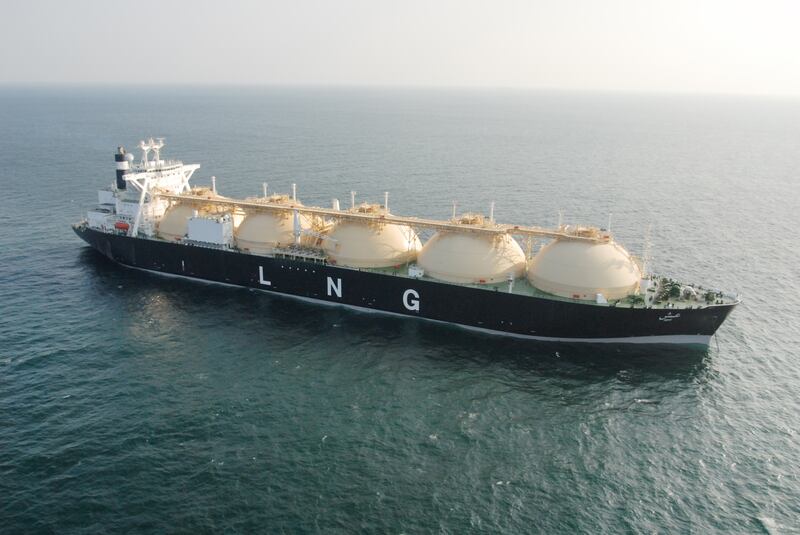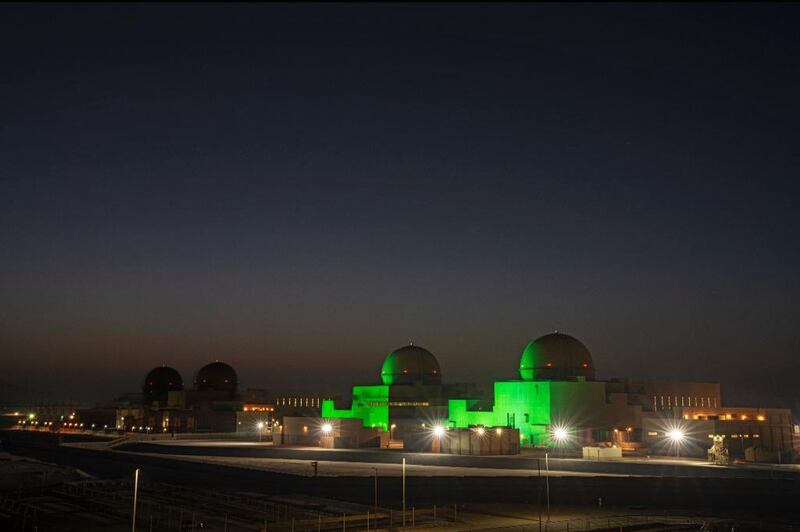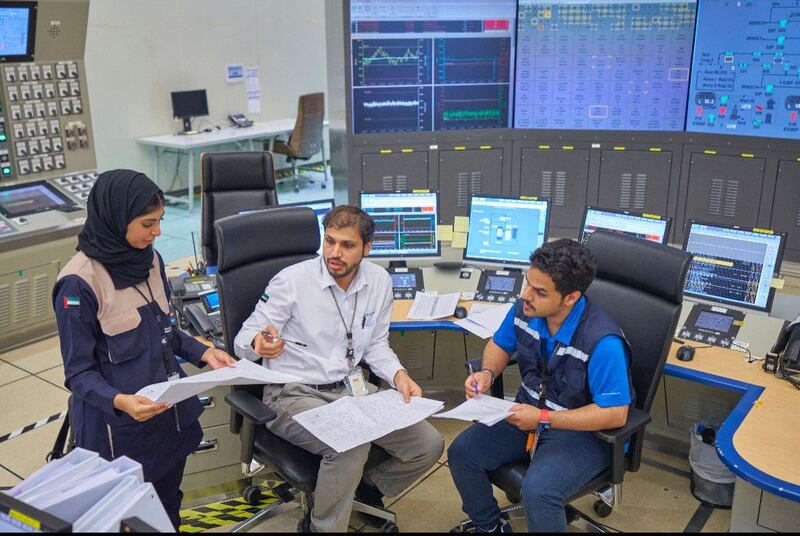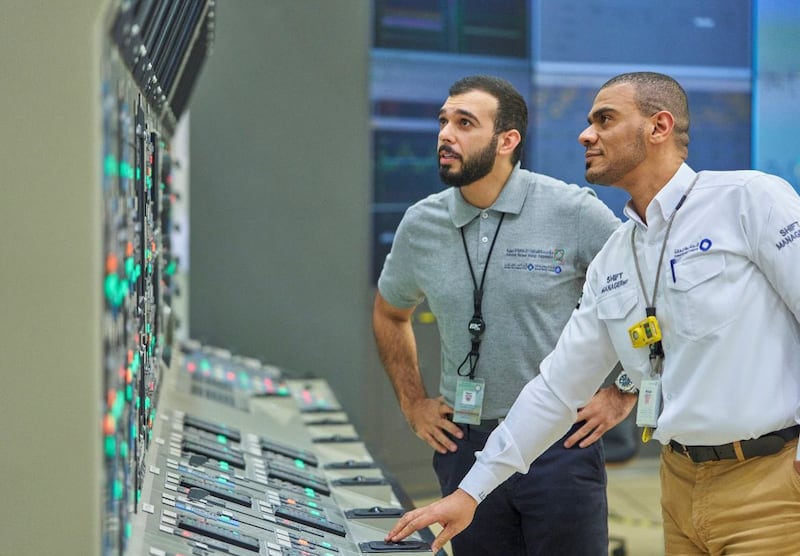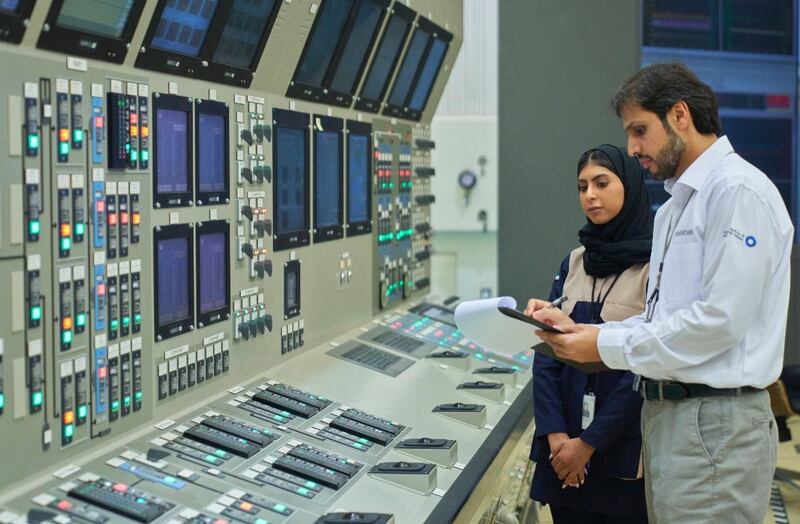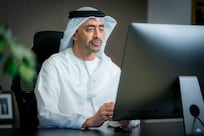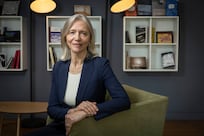The UAE’s gas sector has long presented some curious paradoxes. Despite having the world’s ninth-largest reserves, the country is a net importer of gas.
It is one of only five countries that exports and imports liquefied natural gas (LNG) — the others have far-flung territories that need tankers to transfer gas between them. But policy changes in recent years will help to resolve those paradoxes and move the nation’s gas business into a new era.
Much of the UAE’s gas production, which is associated with oil output, is inflexible. Demand varies widely by season, while oil production can be curtailed by factors such as commitments under the Opec+ agreement.
Until the start-up of nuclear and solar power in recent years, the country was almost entirely reliant on gas for generating electricity, while it is also a fuel and feedstock for industries such as petrochemicals.
The strong economic and population growth over the past two decades led to surging demand, outstripping, at least temporarily, the amount that could be produced domestically.
In July 2007, Dolphin Energy, which is majority-owned by Mubadala, began delivering gas to the UAE by pipeline from Qatar.
In 2010, Dubai started importing LNG through a floating terminal. This, along with the conversion of the Margham gasfield to an underground storage facility, provided flexibility to meet varying demand. In 2016, Sharjah and Ras Al Khaimah signed up to receive steady supplies through Dolphin.
However, it was always apparent that there were risks and costs involved in depending on imports, as well as opportunities to make full use of the UAE’s own gas resources. Steps taken from 2008 have taken time to yield results, but are now coming into effect at a very opportune time — and across four dimensions.
First, to consume less gas and use it more efficiently. Subsidies for electricity and water use have been reduced and reformed, power plants have been upgraded with more efficient equipment and water desalination is being switched to reverse-osmosis, which is less energy-intensive and more flexible than the traditional thermal methods.
Second, to supplement gas in generating power. The UAE’s white paper on civil nuclear power was published in 2008, construction of the Barakah nuclear power plant commenced in July 2012. It began generating commercial power in April 2021 and the fourth and, for now, final reactor is undergoing testing.
In January 2012, Dubai’s Mohammed bin Rashid Al Maktoum Solar Park was launched and Dubai Electricity and Water Authority (Dewa) is now preparing its sixth phase, on the way to an ultimate capacity of 5 gigawatts by 2030 — about half of the emirate’s peak demand.
Abu Dhabi’s Ewec is constructing the world’s largest single-site solar farm at Al Dhafra with a capacity of 2 gigawatts.
Third, to boost domestic gas production. In 2018, Suhail Al Mazrouei, Minister of Energy and Infrastructure, said the country would be self-sufficient by 2030.
Abu Dhabi National Oil Company (Adnoc) launched a programme to develop more challenging resources in partnership with international oil companies. Last year, it announced an increase of 16 trillion cubic feet, or almost 6 per cent, in its gas reserves.
This includes the world’s largest offshore project for sour gas, containing corrosive and toxic hydrogen sulphide. The Ghasha field should increase national production by more than a quarter by the end of the decade. And a consortium comprising Italy’s Eni and Thailand’s PTTEP found gas offshore in February and drilled deeper for gas last month.
In February 2020, Dubai announced the discovery of large volumes of unconventional gas south of Jebel Ali, although its commercial status remains unclear.
Sharjah and Ras Al Khaimah have revived local exploration and Sharjah National Oil Corporation has also launched a gas storage project to balance seasonal demand.
Fourth, to utilise this newly-available gas productively. As demand drops in the power sector because of higher efficiency, nuclear and solar plants, it can be channelled to local industry and international markets.
Inside the world's largest single-site solar park in Dubai
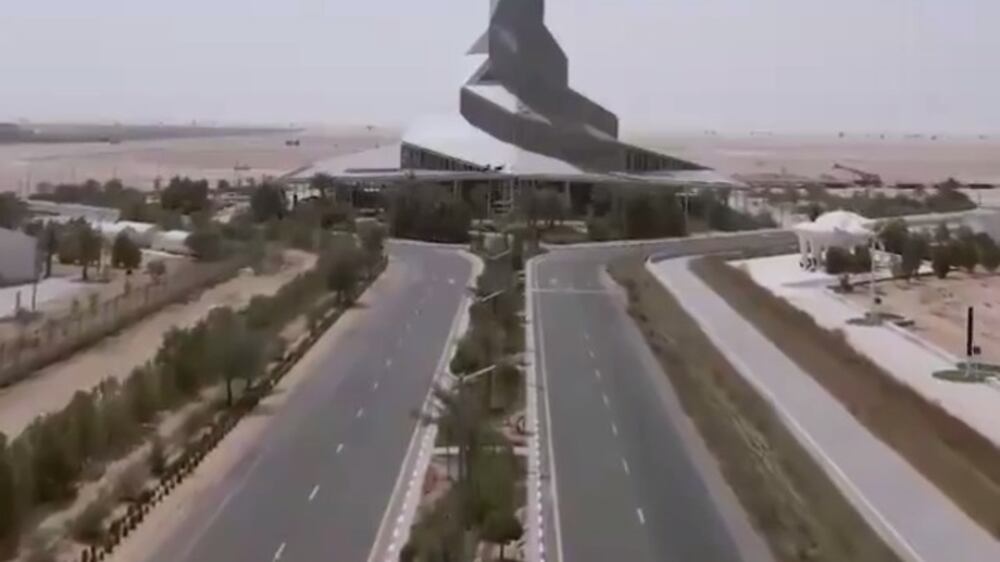
Adnoc is building a new LNG export facility at Fujairah. As Europe and Asia buckle under the weight of exceptionally high gas prices and the cuts in Russian exports, the world needs more supply.
And the Taziz industrial complex at Ruwais is the centrepiece of new gas-based industry. Supplied at competitive but not giveaway prices, it will include, among others, a “blue” ammonia plant — with carbon capture and storage — a world-scale methanol plant, the country’s first for this essential fuel and basic chemical, and a factory for the plastic PVC.
The production of blue ammonia and hydrogen from gas can progress alongside green hydrogen made from renewable energy. In the longer term, that can replace polluting, gas-based “grey” hydrogen used in oil refineries and fertiliser plants.
Three elements are necessary to continue this run of success. First is to keep production costs down from these more technically complex new resources.
World LNG prices are very high now and the market is extremely tight, but that will not always be the case, and additional exports from Qatar, Africa and the US will come to customers around 2026-2027, the same time as Adnoc’s Fujairah facility.
Second is to maintain the momentum on the new industrial plants, where the UAE competes with Saudi Arabia’s already giant petrochemical sector and possibly a post-sanctions Iran.
Third is to keep new gas production and use as low-carbon as possible, and continue the progress on renewable energy. The long-prepared turnaround in the UAE’s gas situation is bearing fruit. Now is the time to ensure its long-term sustainability.
Robin M Mills is CEO of Qamar Energy, and author of The Myth of the Oil Crisis
